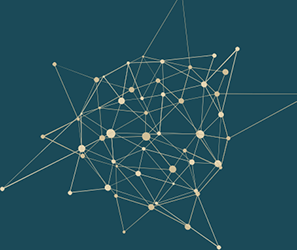Speaker
Description
Dark photon as an ultralight dark matter candidate can interact with the Standard Model particles via kinetic mixing. We propose to search for the ultralight dark photon dark matter using radio telescopes with solar observations. The dark photon dark matter can efficiently convert into photons in the outermost region of the solar atmosphere, the solar corona, where the plasma mass of photons is close to the dark photon rest mass. Due to the strong resonant conversion and benefiting from the short distance between the Sun and the Earth, the radio telescopes can lead the dark photon search sensitivity in the mass range of $4 \times 10^{-8} - 4\times 10^{-6} \, \rm{eV}$, corresponding to the frequency $10 - 1000 \, {\rm MHz}$. As a promising example, the operating radio telescope LOFAR can reach the kinetic mixing $\epsilon \sim 10^{-13}$ ($10^{-14}$) within 1 (100) hour solar observations.The future experiment SKA phase 1 can reach $\epsilon \sim 10^{-16} - 10^{-14}$ with $1$ hour solar observations.
